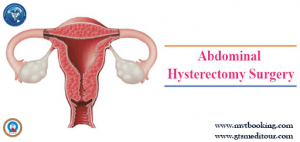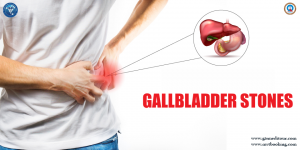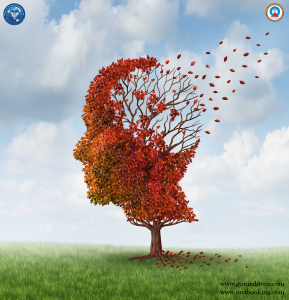DEFINITION
It is a surgical procedure to remove the uterus. It may also involve removal of the cervix, ovaries, fallopian tubes and other surrounding structures. Usually performed by a gynecologists’ , a hysterectomy may be total or partial.
TYPES OF HYSTERECTOMY
- Total hysterectomy- Surgeon removes your uterus and tour cervix but not your ovaries
- Hysterectomy with oophorectomy – The surgeon removes your uterus one or both the ovaries and sometimes your fallopian tubes
- Radical hysterectomy – Surgeon removes your uterus , cervix , the top portion of your vagina , most of the tissue that surrounds the cervix and sometimes the pelvic lymph nodes
- Supra cervical hysterectomy – Surgeon removes the body of you uterus, but leaves your cervix intact
TECHNIQUE
- Abdominal Hysterectomy:
Surgeon removes your uterus through a 6-8 inch long incision in the abdomen. The doctor might recommend this technique for
- Removal of ovaries and fallopian tubes
- An enlarged uterus
- Large fibroid
- Endometriosis , cancer
2.Vaginal Hysterectomy:
Surgeon removes your uterus through vagina . This technique is most often used to treat uterine prolapse or when vaginal repairs are necessary for related conditions. It involves the least surgery pain as external scar is not present
3.Minimally Invasive Robotic Hysterectomy:
Surgeon removes your uterus through small incision on the lower abdomen . He or she inserts a laparoscope – a thin , flexible tube containing a video camera through a cut in your belly bottom . Uterus is removed in sections through the laparoscope tube or through the vagina
4. Minimally invasive Robotic Hysterectomy:
Surgeon uses a combination of high definition 3D magnification , robotic technology and miniature instruments to view manipulate and remove your uterus. 4-5 small incisions in your abdomen is made to allow small robotic arms and surgical tools to reach your uterus
SIDE EFFECTS
- Hot flushes
- Night sweats
- Vaginal dryness
- Difficulty sleeping
- Mood swings and irritability
- Weight gain
- Hair loss
- Dry skin
- Incontinence
- Loss of bone density
- Rapid heart beat
To get opinion from our network of hospitals visit www.mvtbooking.co or send email to gts@meditour.com



